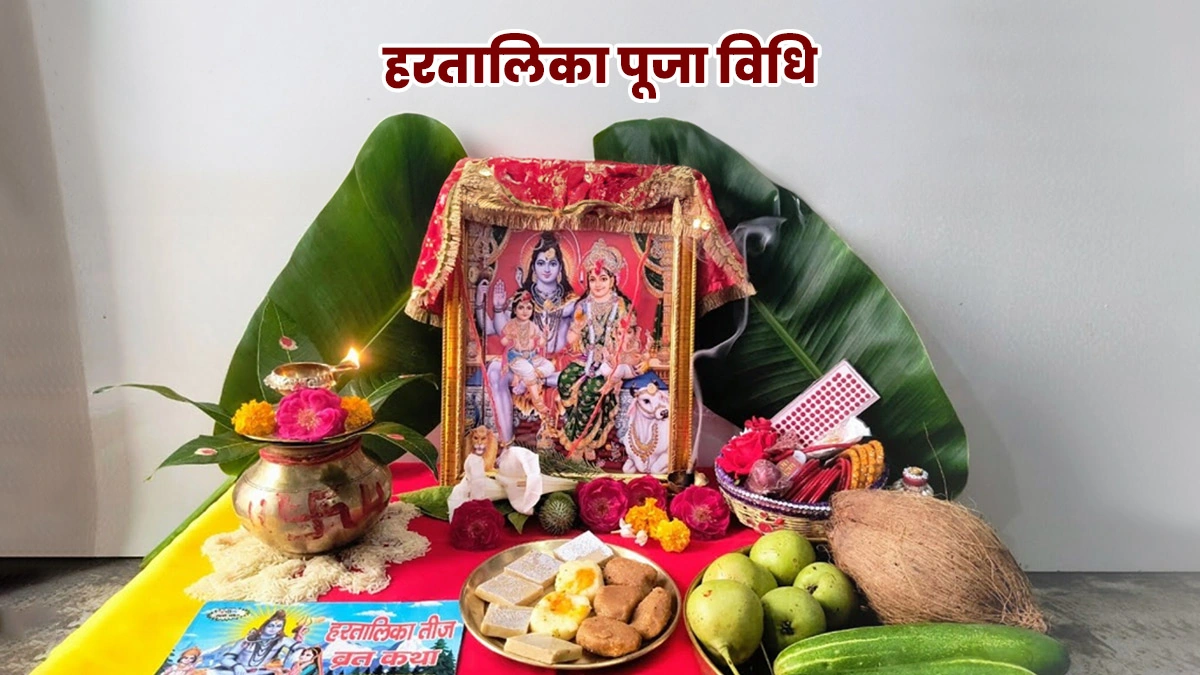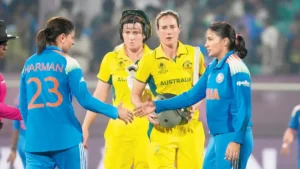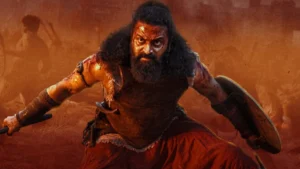Hartalika Puja | More Than Just a Fast, It’s an Ancient Story of Female Grit
Let’s be honest. When you hear about hartalika puja , the first image that often comes to mind is one of extreme austerity. Women, dressed in their festive best, fasting without a single drop of water for over 24 hours. On the surface, it seems like just another tradition dedicated to praying for a husband’s long life. A beautiful, but perhaps slightly dated, concept.
But what if I told you that’s only scratching the surface? What if this festival, at its very core, is actually one of the most powerful stories of female determination and sheer willpower in Hindu mythology?
I used to see it as just a difficult ritual my mother and aunts observed with unwavering devotion. But when I dug deeper, I realised Hartalika Teej isn’t a story about a woman passively waiting for a divine husband. It’s the story of a woman who, through incredible asceticism and grit, made the universe bend to her will. It’s a cosmic love story, sure, but the hero of this story is undoubtedly Goddess Parvati and her unshakeable resolve.
So, grab a cup of chai (if you’re not fasting, of course!), and let’s unpack this together. Because the real story is far more fascinating than you think.
The Cosmic “Elopement” That Started It All
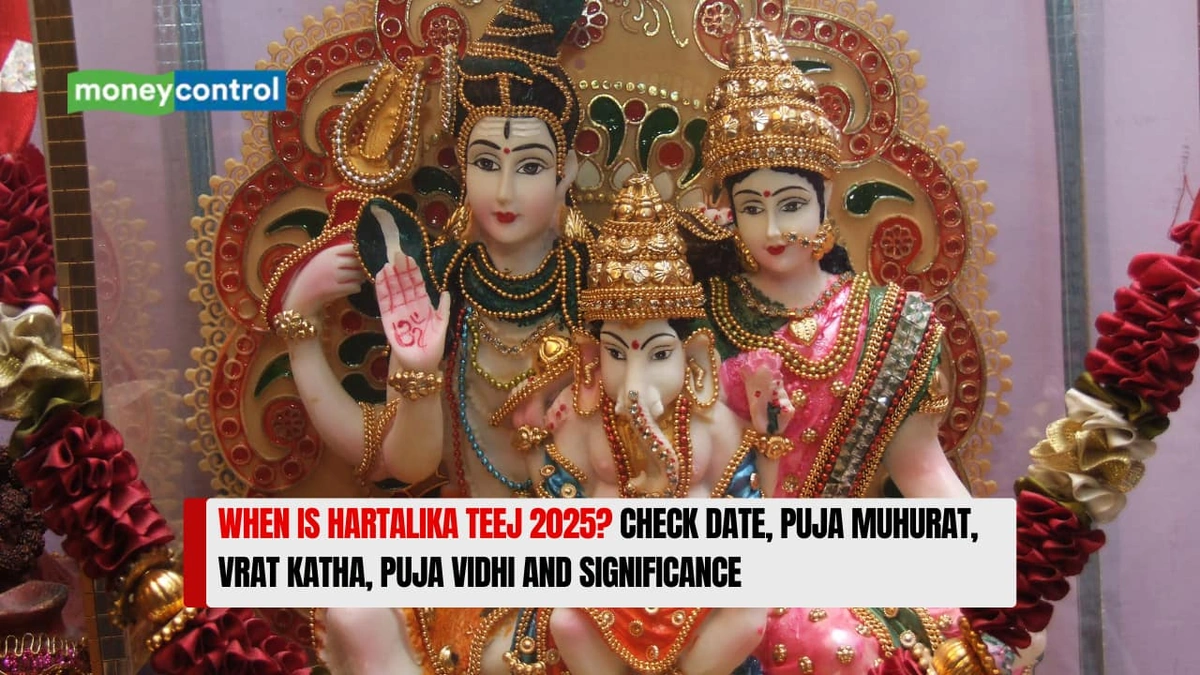
The name itself is a massive clue. “Hartalika” comes from two Sanskrit words: Harat (abduction) and Aalika (female friend). Now, “abduction” sounds dramatic, but this wasn’t a kidnapping. It was a rescue mission.
The hartalika teej vrat katha tells us that Goddess Parvati, in her incarnation as the daughter of the mountain king Himavat, had already set her heart on marrying Lord Shiva. The problem? Her father had promised her hand to Lord Vishnu. Parvati was distraught. She confided in her friends, who then orchestrated a plan. They spirited her away to a dense forest, hiding her from her father so she could perform intense penance to win Shiva over. This “abduction by friends” to follow her own heart is what gives the festival its name.
Think about that for a second. This isn’t a story of quiet submission. It’s a story of rebellion, of choosing one’s own destiny, and of incredible female solidarity. Her friends didn’t just console her; they became her partners in a divine scheme. This context completely reframes the festival from one of passive prayer to an active celebration of choice and friendship.
Why the “Nirjala Vrat”? Unpacking the Power of Penance
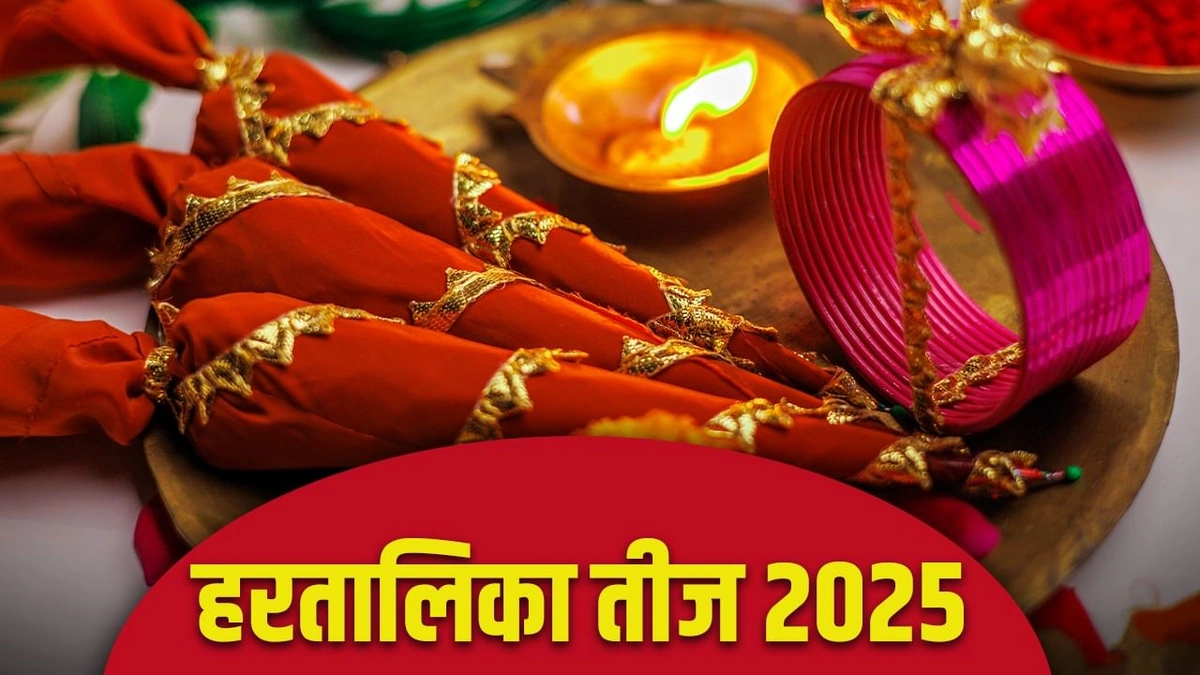
Okay, let’s talk about the elephant in the room: the fast. The nirjala vrat , a fast without food or water, is famously difficult. And it’s the centerpiece of the observance. Why so intense?
Because it’s meant to mirror Parvati’s own tapasya (penance) in the forest. According to the stories, she endured scorching heat and freezing cold, ate nothing but dry leaves, and eventually gave those up too. She meditated with such single-minded focus that her spiritual energy caught the attention of Lord Shiva and Goddess Parvati were destined, but her actions solidified it. The fast isn’t about deprivation for its own sake; it’s a form of active meditation. The idea is that by controlling the most basic physical needs, one can quiet the ‘noise’ of the body and mind, allowing for a deeper, more profound spiritual connection.
It’s a physical re-enactment of Parvati’s spiritual marathon. It’s a way for a devotee to say, “I understand the depth of that devotion, and for one day, I will try to experience a fraction of that focus.” It’s less about “suffering for your husband” and more about tapping into your own inner strength and willpower. While you’re preparing for the puja, it might be interesting to read about some local quirks, like those discussed in the piece on noida weather secrets explained .
Handmade Idols and Shringar | The Deep Symbolism in the Rituals
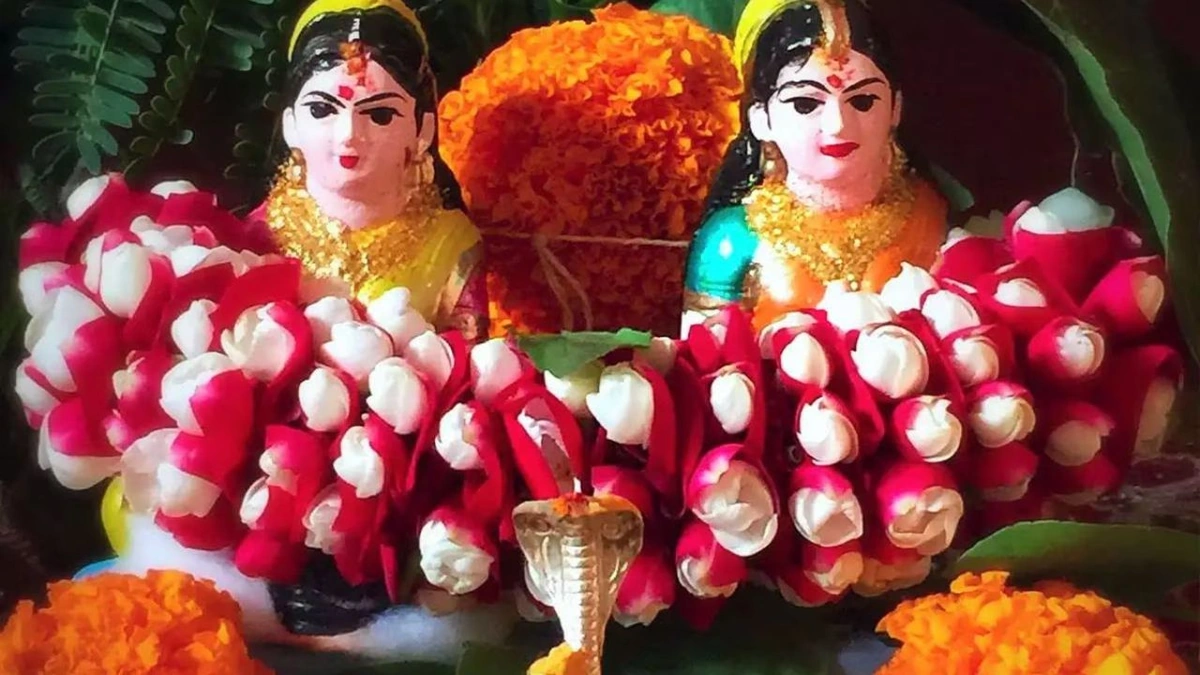
What fascinates me most about the hartalika puja vidhi (the method of worship) is how earthy and personal it is. Unlike many other festivals that involve established idols, Hartalika Teej traditionally requires devotees to create their own idols of Shiva, Parvati, and Ganesha from raw clay or sand.
Why? This act of creation is a form of worship in itself. It’s not about perfection; it’s about intention. By shaping the divine forms with your own hands, you’re infusing the idols with your personal prayers and devotion. These idols are temporary they are respectfully immersed after the puja. This teaches a profound lesson about the transient nature of the physical form and the eternal nature of faith.
Then there’s the Shringar , or offerings of bridal finery. Bangles, sindoor, alta, mehendi, a new saree. These aren’t just decorative items. Each one is a potent symbol of Saubhagya the blessed state of marital bliss, fertility, and prosperity. When a woman offers these to Goddess Parvati, she is essentially praying for these blessings to be reflected in her own life. It’s a beautiful exchange of divine feminine energy. The whole night is often spent in a jaagran (all-night vigil), singing hymns and ensuring the ceremonial lamp doesn’t go out, symbolizing the unwavering flame of devotion.
Hartalika Teej in the 21st Century | Still Relevant?
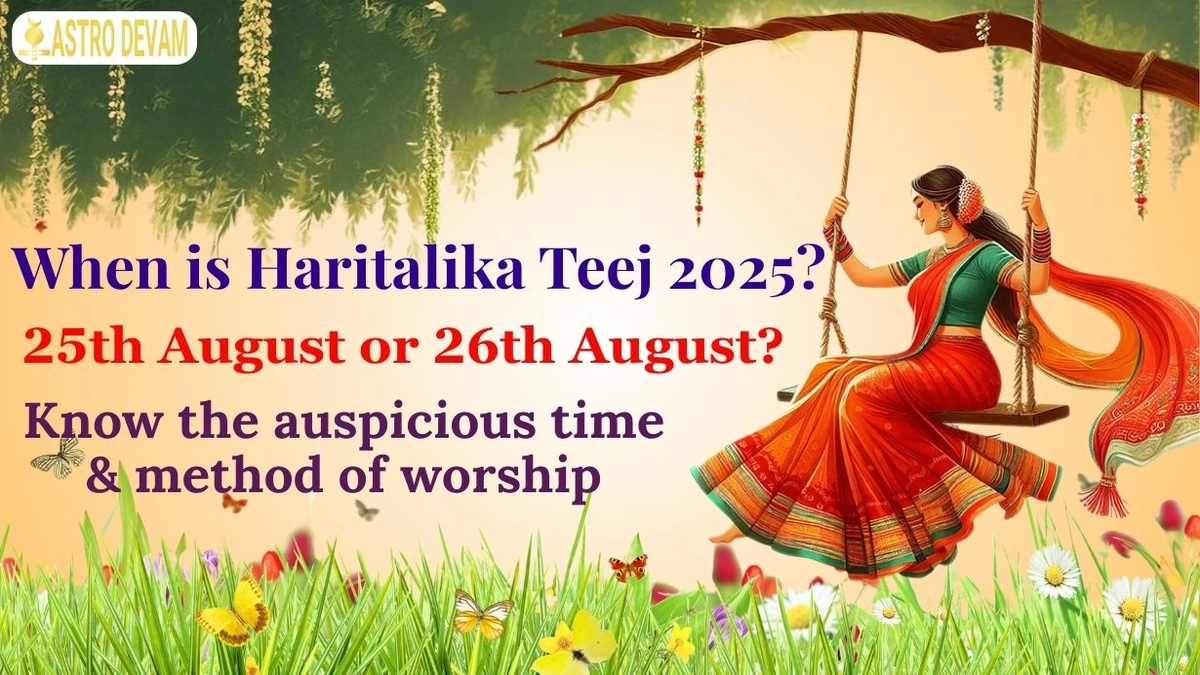
So, in a world of gender equality and shifting cultural norms, where does a festival like this fit in? Is it still relevant?
I’d argue, more than ever. But its interpretation is evolving.
The significance of hartalika teej is being re-claimed by modern women. For many, the fast is no longer just for a partner’s longevity but a powerful spiritual and physical detox a test of their own mental and physical endurance. Unmarried women perform the puja praying for a partner who embodies the qualities of Shiva not just a husband, but a true partner in every sense.
Moreover, the festival has become a massive celebration of female community. In cities across Bihar, Uttar Pradesh, Jharkhand, Rajasthan, and Maharashtra, you’ll see groups of women gathering, applying mehendi on each other’s hands, singing folk songs, and sharing stories. They stay up all night, supporting each other through the rigors of the fast. It’s a day of bonding, of shared experience and strength, that transcends everything else. And in today’s often-isolating world, that is a powerful thing indeed. Speaking of community activities, you might find a fun distraction in these nyt connections hints august .
Frequently Asked Questions About Hartalika Puja
What is the core story behind Hartalika Teej?
The core story, or hartalika teej vrat katha , is about Goddess Parvati. To avoid a marriage arranged by her father, her friends helped her hide in a forest. There, she performed severe penance (tapasya) to win Lord Shiva as her husband, which she successfully did. The festival celebrates her determination and willpower.
Can unmarried women perform this puja?
Absolutely. Unmarried women often observe the fast and perform the puja with the hope of getting a husband as devoted and ideal as Lord Shiva. It is a prayer for a compatible and loving life partner.
What’s the difference between Hartalika, Hariyali, and Kajari Teej?
This is a great question as they often get confused! They are all monsoon festivals celebrated by women, but they are distinct. Hariyali Teej and Kajari Teej are more festive, celebrating nature’s bounty and involving swings and singing. Hartalika Teej is the most austere of the three, defined by the strict nirjala vrat and intense worship, focusing on Parvati’s penance.
What should I do if I accidentally drink water during the nirjala vrat?
Traditionally, the fast is broken if water is consumed. However, intentions matter most in faith. If it happens by accident, it’s advised to ask for forgiveness from the deities, make a small offering, and continue the fast with full devotion if you are able. Health should always be the priority.
When is the hartalika teej 2024 date?
The hartalika teej 2024 date falls on Friday, September 6th. The puja is performed on the third day of the first fortnight of the month of ‘Bhadra’ in the Hindu calendar, a day before Ganesh Chaturthi.
At the end of the day, Hartalika Puja is a powerful reminder. It reminds us that faith isn’t just about asking; it’s about doing. It’s a story etched in our culture that champions a woman’s resolve, the power of her conviction, and the idea that with enough focus, you can indeed move mountains. Or, in this case, win the heart of a god who himself is the master of all ascetics. It’s a story of grit, not just grace.
